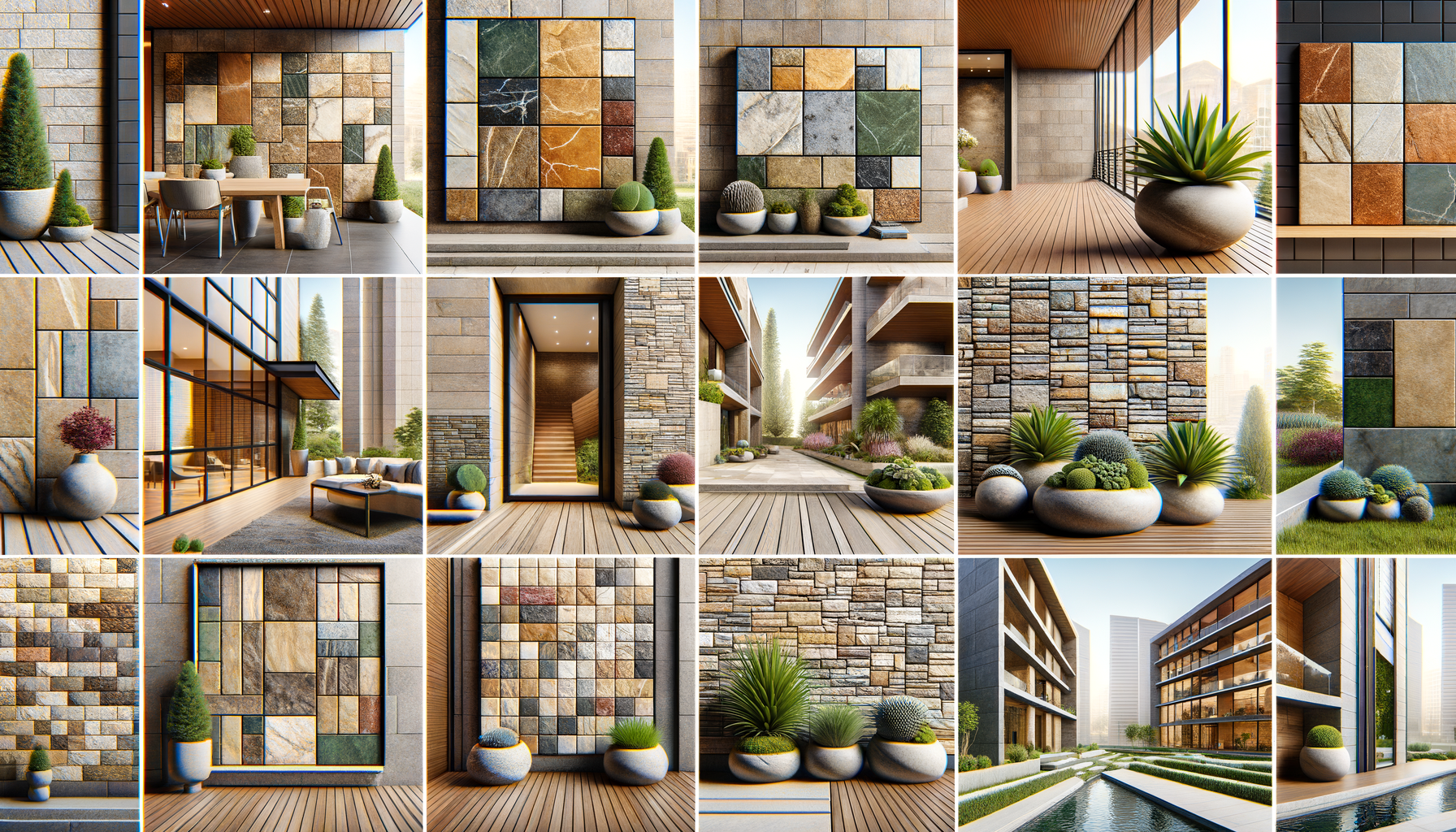
Unlocking the Undeniable Appeal and Utility of Stone Panels
The Timeless Aesthetic of Stone Panels
Stone panels have long been celebrated for their classic beauty and ability to enhance architectural designs. Their natural textures and varied colors provide a sophisticated look that can complement both modern and traditional structures. Unlike synthetic materials, stone panels offer a unique charm that comes from their natural origin, ensuring that no two panels are exactly alike. This individuality allows architects and designers to create spaces that are truly one-of-a-kind.
Moreover, stone panels are versatile in their application. They can be used for interior and exterior walls, fireplaces, and even as decorative elements in gardens. This adaptability makes them a popular choice among homeowners and builders alike. The aesthetic value of stone panels is further enhanced by their ability to age gracefully. Over time, they develop a patina that adds depth and character, making them even more appealing.
The use of stone panels can also increase the value of a property. Because they are associated with luxury and durability, homes and buildings featuring stone panels often have a higher market value. This makes them an excellent investment for property owners looking to enhance both the beauty and worth of their assets.
Durability and Longevity
One of the most significant advantages of stone panels is their durability. Unlike other materials that may wear down or degrade over time, stone panels are built to last. They are resistant to harsh weather conditions, including extreme temperatures, rain, and wind. This makes them an ideal choice for exterior applications where other materials might fail.
Stone panels also require minimal maintenance. Unlike wood, which needs regular treatment to prevent rot and decay, stone panels can withstand the elements with little to no upkeep. This longevity not only saves homeowners money on maintenance costs but also reduces the environmental impact associated with frequent replacements and repairs.
Furthermore, stone panels are fire-resistant, adding an extra layer of safety to buildings. This feature is particularly important in areas prone to wildfires or in structures where fire prevention is a priority. The combination of durability, low maintenance, and fire resistance makes stone panels a reliable and practical choice for various construction projects.
Environmental Benefits
In today’s eco-conscious world, the environmental impact of building materials is a significant consideration. Stone panels are an environmentally friendly option due to their natural composition. Since they are sourced from the earth, they do not require the same level of processing as synthetic materials, resulting in lower carbon emissions during production.
Additionally, stone panels contribute to energy efficiency. Their thermal mass helps regulate indoor temperatures by absorbing heat during the day and releasing it at night. This natural insulation can reduce the need for artificial heating and cooling, leading to lower energy consumption and utility bills.
The durability of stone panels also means they have a longer lifespan compared to other materials, reducing the frequency of replacements and the associated environmental impact. When they do reach the end of their life cycle, stone panels can be recycled or repurposed, further minimizing waste.
Installation and Cost Considerations
While stone panels offer numerous benefits, it is important to consider the installation process and associated costs. Installing stone panels can be more labor-intensive than other materials, requiring skilled professionals to ensure proper placement and adherence. However, advancements in technology have led to the development of lightweight stone panels that are easier to handle and install.
The initial cost of stone panels may be higher than other materials, but their long-term benefits often justify the investment. The durability and low maintenance requirements mean that homeowners can save money over time, offsetting the initial expenditure. Additionally, the increased property value associated with stone panels can provide a return on investment.
For those on a budget, there are options to consider, such as using stone panels as accents rather than covering entire surfaces. This approach allows for the aesthetic and functional benefits of stone panels without the full financial commitment.
Innovative Uses and Future Trends
As architectural trends evolve, so too do the applications of stone panels. Designers are increasingly experimenting with new ways to incorporate stone into their projects, from using panels in unexpected places to combining them with other materials for a modern twist. This innovation is expanding the possibilities for stone panels beyond traditional uses.
One emerging trend is the use of stone panels in sustainable architecture. As the demand for eco-friendly buildings grows, stone panels are being integrated into designs that prioritize sustainability. Their natural properties align well with green building practices, making them a preferred choice for environmentally conscious projects.
Looking ahead, the future of stone panels appears promising. With ongoing advancements in technology and design, stone panels are likely to remain a popular choice for architects and builders. Their timeless appeal, combined with modern innovations, ensures that stone panels will continue to be a staple in the world of construction and design.

